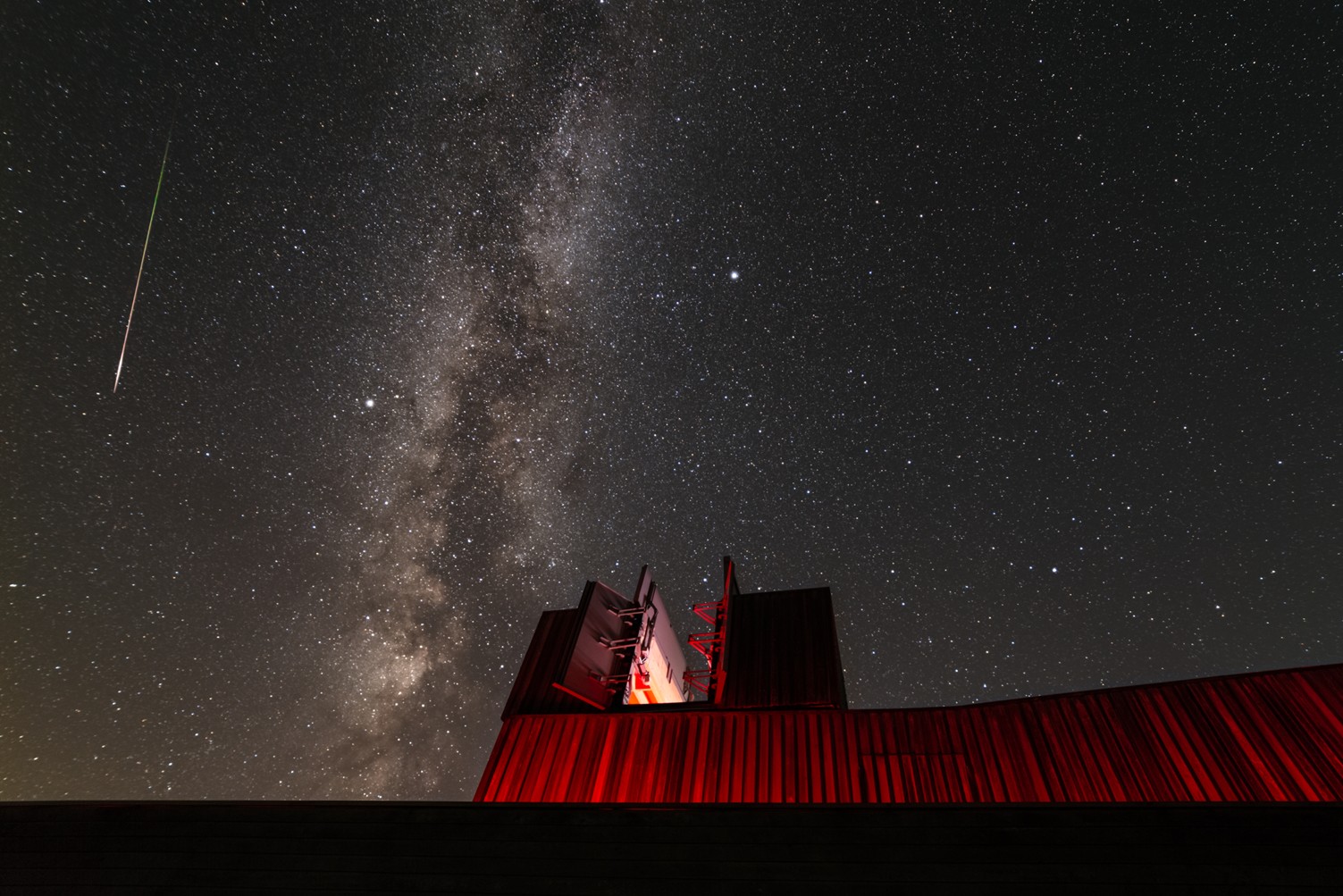What's Up? August 2025
The dark skies are back - and August is packed with cosmic treats!
Catch the Milky Way, the peak of the Perseid meteor shower, Saturn rising, and a stunning double star in Cygnus. With bright constellations and planets returning to view, it's the perfect time to look up! Read our 'What's Up?' article and make the most of your August observations.
Hello! And welcome to another of our What's Up series! We're in the month of August. August is chock-full of delights to see in the nighttime sky. We have planets, meteor showers, and the Milky Way is here in full swing with astronomical darkness being well and truly back!
Constellations
Of course, all of the stars we can see at night are in the Milky Way, but since our galaxy is disk shaped, from our point of view most of them lie in a band that goes straight across the sky. If you're wanting to see it, here are a couple of constellations to look for:
Cygnus
The beautiful swan with a sad history. The tale of Cygnus comes from Greek mythology. Cygnus, once a man, was so distraught by his friend's death that the god Apollo felt sorry for him and turned hime into a swan to relieve him of his sorrow. How exactly turning him into a swan would help, I'm not quite sure.
It almost looks like the swan is swimming through a river of milk, because the constellation runs right through the Milky Way. Following the spine of the bird you should be able to spot a faint spattering of mist.

(Image: Cygnus constellation)
Cassiopeia
Another terrible story (I'm affraid most Greek myths are), but on this occasion it has a rare happy ending. Cassiopeia the vain queen gets caught up in a mess with the god Poseidon. She's exhausted every avenue, and the only thing left to do is to sacrifice her daughter to appease the god (what's a queen to do). Andromeda, the princess, seconds away from being killed be a sea monster is then rescued by a hero who whips by. Hooray!
Cassiopeia looks less like a queen and more like the letter "W" in the sky. You can imagine the "W" being a throne which the queen is sitting on.

(Image: The vain Queen Cassiopeia, looking in the mirror. Credit: Stellarium)
However you imagine it, the good thing is that Cassiopeia is a very easy constellation to spot. The stars are quite bright, the pattern is recognisable, and in the UK we see it all year round. It's what's called circumpolar, meaning it circles around the North Star.
If you line up both Cassiopeia and Cygnus, you should be able to follow through to see the plane of the Milky Way.

(Image: Picture of the Milky Way at Kielder Observatory. With Cassiopeia and Cygnus shown in white. Taken by Dan Monk)
Object of the month: Albireo
Since Cygnus just looks so gorgeous in August, I've chosen the object of the month to be Albireo. Albireo is the "beak of the swan", the tip of the very long neck. Its name comes from Arabic through various mistranslations and misunderstanding. At one point it was mistaken for a kind of herb.

(Image: Beak of the bird. How to find Albireo. Credit: Stellarium)
Albireo is rather faint so give your eyes some time to adjust before you try looking for it. It looks like one single star, however through the magic of telescopes, it resolves to be two stars.

(Image: The beautiful double star Albireo. Credit: Sky and Telescope)
From scientists' calculations, they are around 350 light years away, with the yellow star being slightly futher away by about 60 light years. Astronomers are still unsure whether these stars are an optical double or a true binary system. By that we mean, whether the stars are orbiting around each other and gravitationally bound, or if they are just in the same line of sight from our perspective.
Either way it makes a striking visual due to the contrasting colours, visible to those with even a small telescope. The orange star is Albireo A, a red giant much brighter and bigger than our Sun. The fainter bluer star is Albireo B, and although it is extremely hot, it is only slightly bigger than our Sun and much smaller the Albireo A, hence why it is not as bright from our perspective.
Although we may be unsure if Albireo A and B are bound to each other, one thing we do know for sure is that Albireo A has some other companions. Yes, Albireo A is a binary system (possibly tertiary or more).
So next time you see this stunning double, just think of all the hidden stars and possible black holes concealed within!
The Perseids
It's our favourite time of year because the perseid meteor shower is back! Find a nice quiet spot, pull out a picnic blanket, grab some hot chocolate and look at the stars. Shooting stars that is. Between the 17th July and 24th of August we're going to have much more shooting stars than normal.
On a normal night we can expect to see one shooting star every fifteen minutes. But during the peak of this shower, which is the 12th of August, we can expect maybe one or two every minute.
Shooting stars are not stars at all but little specs of dust entering our atmosphere and burning up, which is what causes the bright flash of light we see in the sky.
We have so many during August because every year arround this time we pass through a comets tail - Comet Swift-Tuttle, which orbits round the Sun roughly once every 133 years.

(Image: A shooting star during the Perseid meteor shower ar Kielder Observatory. Taken by Dan Monk)
Planets
Planets are finally making their way back in the sky after a long drought. The highlight for August is Saturn. Within the constellation of Pisces, the ringed planet will be rising just after 23;00 at the beginning of August, visible throughout the night. At the end of the month, you only need to stay up until 21:00 to catch a glimpse of it.

(Image: Saturn. Credit: Frederico Mariano)
Other visible planets this month include Jupiter and venus. These ones are the early birds (or night owls) as they appear in the early morning close to the Sun before it gets too light. On the 12th of August venus will pass through Gemini within less than 1 degree of Jupiter (about 40 arcminutes) in a lovley conjunction. The best time to see it will be between 03:00 and 05:00.

(Image: Jupiter and Venus in conjunction on the 12th of August, 4am. Credit Stellarium)
Other planets trickier to see are Uranus and Neptune (only to those with a powerful telescope) And Mercury! The sly devil. For this planet wait until the latter third of the month and go out just before sunrise (between 04:30 and 06:00). Make a line through Jupiter and Venus and continue down towards the horizon until you see Mercury. Always a hard one to spot but so satisfying when you do see it. Good luck!
Moon phases
And lastly here are the Moon phases for the month of August.
First Quarter: August 1st
Full Sturgeon Moon: August 9th
Last Quarter: August 16th
New Moon: August 23rd
First Quarter: August 31st
















